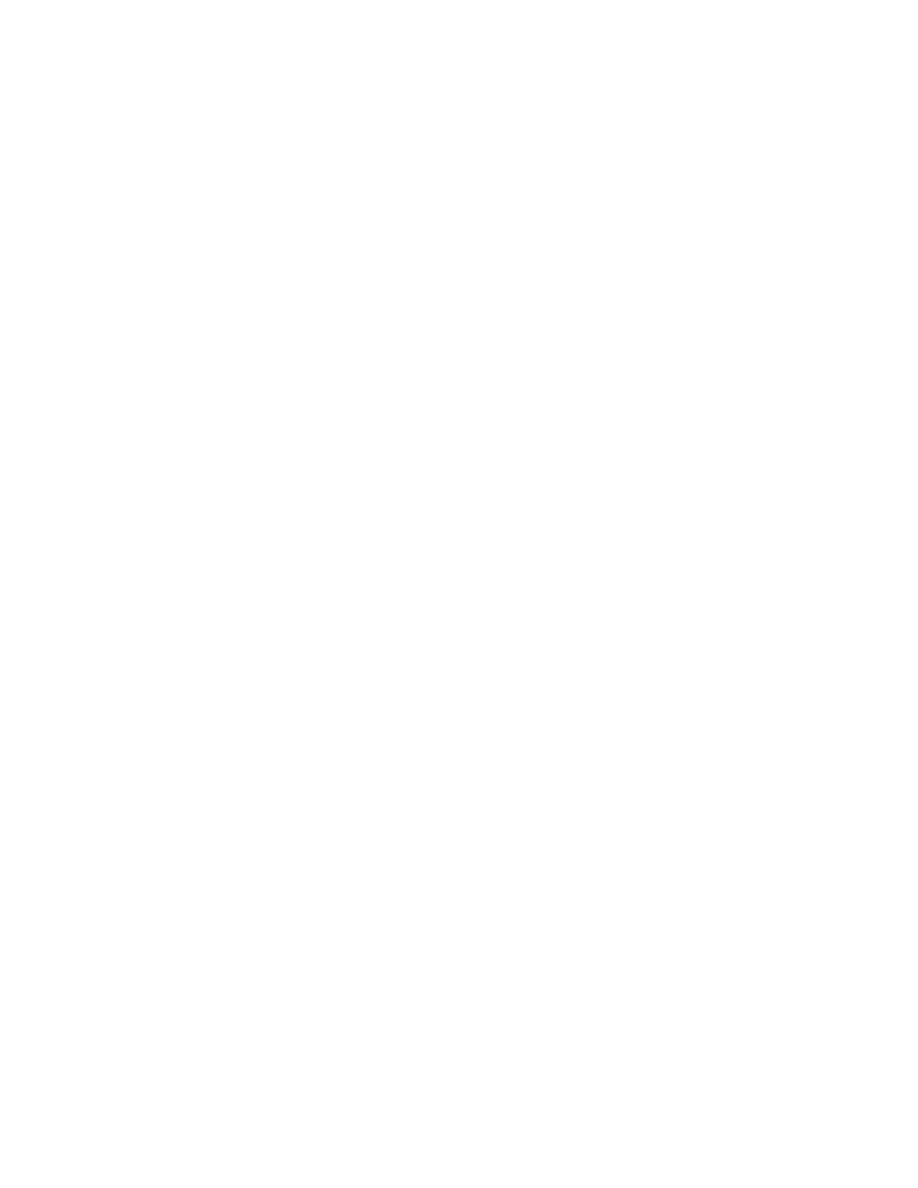G 2500 3/4 Ton Van V8-350 5.7L VIN K TBI (1995)

Install a check valve oil filter; no other recommended actions at this time.
Important:
The previous actions are only applicable to short duration cold knock. These actions will not eliminate a knock occurring under load or a knock
lasting for more than 10 seconds.
Two main bearing procedures are recommended:
1.
For main bearing replacement with the engine IN the vehicle: C, G, P, M and L vehicles
2.
For main bearing replacement with the engine OUT OF the vehicle: K, S and T
THE FOLLOWING PROCEDURE IS TO BE USED FOR VEHICLES REQUIRING MAIN BEARING REPLACEMENT WITH THE ENGINE IN
THE VEHICLE
Recommended for C, G, P, M and L vehicles.
Important:
A OEM training video has been produced for in-vehicle main bearing replacement procedure. One copy of the video will be sent to each dealer. If
the video has not been received, contact XPRESS 1 Distribution Center at 1-800-783-3034.
Main Bearing Clearance Determination and Installation Procedure
1.
REMOVE THE SERPENTINE BELT, dipstick, dipstick tube and disconnect the negative battery cable.
2.
Raise the vehicle and remove (or set aside) any parts restricting access to the oil pan bolts (i.e., starter motor, oil cooler lines, oil filter adapter,
flywheel inspection cover).
3.
Remove the oil pan, oil pump, and shield.
4.
Remove # 5 (flange) bearing cap. Wipe the oil from the crankshaft journal and the lower main bearing insert.
5.
Place a screw jack under an accessible part of the crankshaft, carefully apply pressure to the crankshaft to force it solidly against the top bearing
insert. The reason for this is to remove any clearance between the top bearing insert and the crankshaft. If this step is not performed, a smaller than
actual clearance will be measured.
Important:
This should be done as close as possible to the bearing being measured. This step is only required for on-vehicle service where the engine
cannot be turned upside down as on an engine stand.
6.
Place a piece of plastigage across the width of the lower bearing insert (parallel to the centerline of the crankshaft).
7.
Reinstall # 5 main bearing cap. Torque to 110 N.m (80 lb ft). Do not allow crankshaft to turn.
8.
Carefully remove the # 5 main bearing cap and bearing insert. The flattened plastigage will adhere to either the bearing insert or the crank journal.
Do not remove the plastigage from the insert or journal.
9.
On the edge of the plastigage envelope, there is a graduated scale. Without removing the flattened plastigage, measure its width at the widest point
using the graduated scale on the plastigage envelope.
10.
The desired main bearing clearance is 0.0008" - 0.0028". If the clearance measured with the plastigage is greater than 0.0028", write down the
clearance. Next, read the back of the bearing insert to determine what size bearing was originally installed (usual STD, 0.0006", 0.0010" or
0.0012"). The size stamped on the bearing is the effective undersize when both inserts are installed. For example, a 0.0006" undersize bearing set
consists of two (2) 0.0003" thicker bearing inserts, both stamped 0.0006".
11.
Remove the top bearing insert using tool J 8080 and read the back to determine what size upper bearing insert was originally installed. The top
insert may be different size than the bottom.
12.
Calculate the original bearing undersize by dividing the size on each insert by 2, then add the values together.
EXAMPLE 1:
The lower insert is stamped 0.0006" and the upper is stamped 0.0010". Divide 0.0006" by two to get 0.0003". Divide 0.0010" by 2 to get 0.0005".
Add 0.0003" and 0.0005" together to calculate the bearing undersize, which is 0.0008" in this case.
